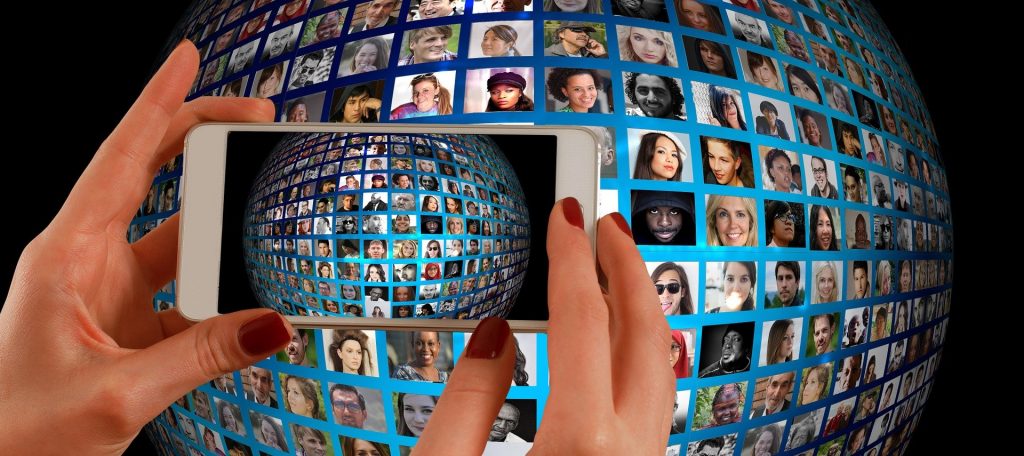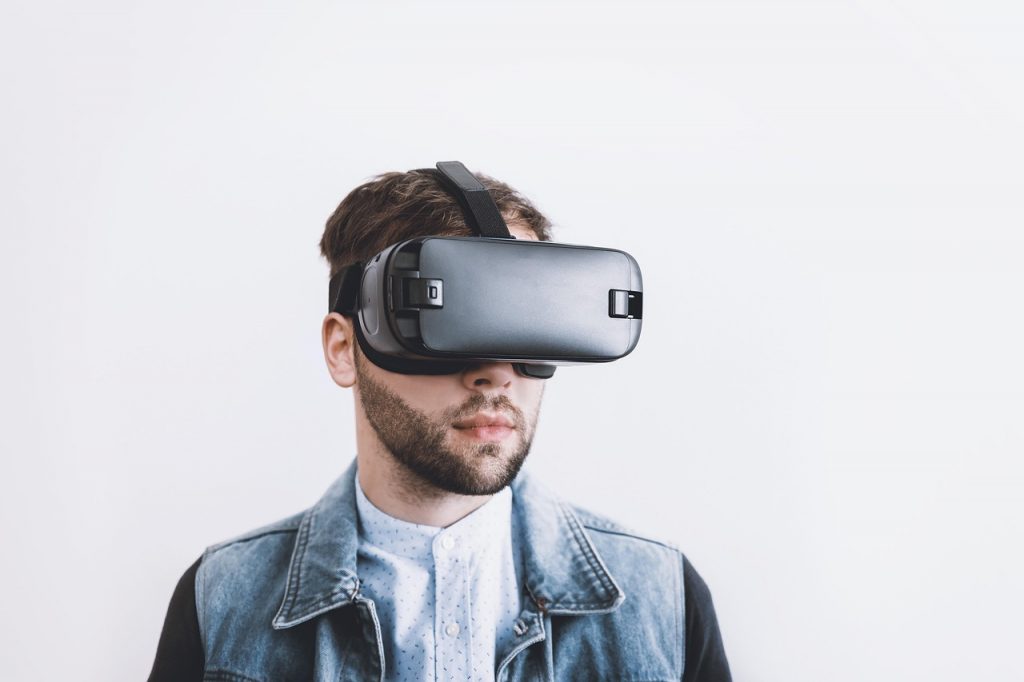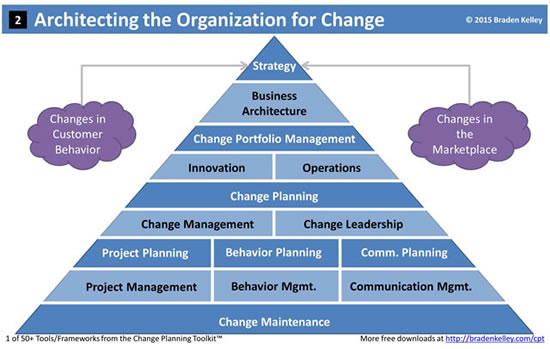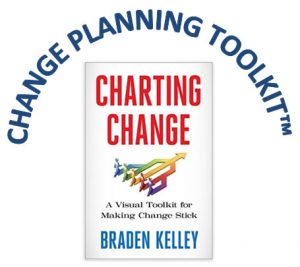
GUEST POST from Janet Sernack
I was privileged to attend one of the first Theory U; Presencing Leadership for Profound Innovation and Change Workshops presented by the Sloane School of Management, in Boston in 2008. This means that I have been able to observe, engage with and participate, from both Israel and Australia, in the evolution of Presencing and Theory U as powerful resources and vehicles for effecting profound transformational change and learning.
Intentional Change and Learning
I have seen and experienced the growth of the global Presencing community, as it transformed from a small, diverse, thought-leading group in the USA, seeding a range of deeply disruptive core concepts, as described in their groundbreaking book – Presence: Human Purpose and the Field of the Future into a global movement.
Where they introduced a radical new theory about change and learning, I also participated in its evolution into its current manifestation, as a global movement for profound transformational change. Which seeks to create, within the whole system, intentional shifts that break old patterns of seeing and acting that continually create results, on a planetary level, that are no longer needed or wanted. Achieving this by encouraging deeper levels of attention and intention, as well as deep and continuous learning, to create an awareness of the larger systemic whole, ultimately leading to us to adopt new and different mindsets, behaviors, actions, and systems that can help to shape our evolution and our futures.
A Turning Point
It is suggested by many, that we are at a turning point, a critical moment in time, where all of us, individually and collectively, have the chance to focus our attention toward activating, harnessing, and mobilizing transformational change and learning to shape our evolution and our futures intelligently. To maximize the emergence, divergence, and convergence of new patterns of consumer and business behaviors that have emerged at extraordinary speed and can be sustained over long periods of time because digitization, coupled with the impact of the global pandemic, have accelerated changes faster than many of us believed previously possible.
Paradoxically, we are facing an uncertain future, where according to the World Economic Forum Job Reset Summit – “While vaccine rollout has begun and the growth outlook is predicted to improve, and even socio-economic recovery is far from certain” no matter where you are located or professionally aligned.
Leveraging the Turning Point
This turning point, is full of possibilities and innovative opportunities potentially enabling organizations, leaders, teams, people, and customers to embrace the opportunity to change and learning in creative and inventive ways to shape our evolution and to co-create our futures, in ways that are:
- Purposeful and meaningful,
- Embrace speed, agility, and simplicity,
- Scale our confidence, capacity, and competence through unlearning, relearning, and innovation.
Resulting in improving equity for all, resilience, sustainability, growth, and future-fitness, in an ever-changing landscape, deeply impacted by the technologies created by accelerated digitization, by putting ourselves into the service of what is wanting to emerge in this unique turning point and moment of time.
Forward-looking leadership
This is validated by the Boston Consulting Group (BCG), who outlined, in a recent article the key strategies employed by most innovative companies in 2021 that “forward-looking leaders soon looked to broader needs affecting their companies’ futures, such as resilience, digital transformation, and customer relevance”.
Realizing, like the authors of Presence: Human Purpose and the Field of the Future, the need to build the systemic ability to drive change, learning and innovation, by transforming their ambitious aspirations into real results through:
- Clarifying a clear ambition: that is meaningful and purposeful, compelling and engaging that aligns to people’s values and helps build “one team” mindsets.
- Building systemic innovation domains: that are strategically and culturally aligned, enabling people and technology to connect, explore, discover, design, and deliver the ambition through making changes and learning, collective and ecosystems approach that provides clear lines of sight to stakeholders, users, and customers.
- Performance management: that acknowledges and rewards collaborative achievements, results in transformational change and learning through smart risk-taking, experimentation and drives accountability, and celebrates success.
- Project management: that provides rigor and discipline, through taking a human-centered, and agile approach that allows people and teams to make the necessary shifts in assigning and delivering commercially astute, ambitious, radical, and challenging breakthrough and Moonshot projects.
- Talent and culture: by exercising leadership that brings people and teams together, collaborating by fostering openness, transparency, permission, and trust so people can safely unlearn, relearn, adapt and innovate. By supporting and sponsoring change initiatives, by harnessing and mobilizing collective genius, by granting prestige to innovation roles and valuing radical candor, generating discovery and challenges to the status quo.
A Moment in Time
Some thirteen years later, in a recent Letter, Otto Scharmer, one of the original authors of the Presence book, shared with the global Presencing community, that it:
“feels as if we have collectively crossed a threshold and entered a new time. A time that was there already before, but more as a background presence. A time that some geologists proposed to refer to as the Anthropocene, the age of humans. Living in the Anthropocene means that basically all the problems, all the challenges we face on a planetary scale are caused by… ourselves”.
He then stated that “Being alive at such a profound planetary threshold moment poses a critical question to each and every one of us: What is my response to all of this, what is our response to this condition, how am I – and how are we – going to show up at this moment?
Showing up at this moment
Change and learning today involve people, developing their knowledge, mindsets, and behaviors, skills and habits. So, making a fundamental choice about how you wish to show up right now, as a leader or manager, business owner or employee, consultant, trainer, or coach, is crucial to making your contribution and commitment to shaping your own individual, and our collective evolution and our futures.
Taking just a moment
It may, in fact, be beneficial, to take just a moment – to hit your pause button, retreat into reflection, stillness, and silence and ask yourself Otto’s question – how am I, and how are we as a business practice, team or organization going to show up at this moment?
Drawing on my experience as an innovative start-up entrepreneur in Israel, people can either be forced to change and learn through necessity, conflict, and adversity in order to survive. Alternately, they can choose to change through seeing the world with fresh eyes, full of possibility, positivity, optimism, and self-transcendence, to innovate and thrive.
- How might you develop the courage to make transformational and systemic changes and learning and innovation your key priorities to survive through necessity and adversity, or thrive through unleashing possibilities, optimism, and positivity?
- How might you develop the compassion to focus on developing both customer and human centricity in ways that are purposefully meaningful and aligned to people’s values and contribute to the good of the whole (people, profit, and planet)?
- How might you be creative in transforming your time, people, and financial investments in ways that drive out complacency, build change readiness and deliver the deep and continuous change and learning that equips and empowers people to deliver tangible results that are valued, appreciated, and cherished, now and in the future?
Not only to take advantage of the moment in time but to also use transformational change and learning to extend your practice or organizations future fitness and life expectancy, because, according to a recent article in Forbes – “Half of the giants we now know may no longer exist by the next decade. In 1964, a company on the S&P 500 had an average life expectancy of 33 years. This number was reduced to 24 years in 2016 and is forecast to shrink further to 12 years by 2027”.
This is the final blog in our series of blogs, podcasts, and webinars on Developing a Human-Centric Future-Fitness organization.
Find out about our learning products and tools, including The Coach for Innovators Certified Program, a collaborative, intimate, and deep personalized innovation coaching and learning program, supported by a global group of peers over 8-weeks, starting Tuesday, October 19, 2021.
It is a blended and transformational change and learning program that will give you a deep understanding of the language, principles, and applications of a human-centered approach and emergent structure (Theory U) to innovation, within your unique context. Find out more
![]() Sign up here to get Human-Centered Change & Innovation Weekly delivered to your inbox every week.
Sign up here to get Human-Centered Change & Innovation Weekly delivered to your inbox every week.










